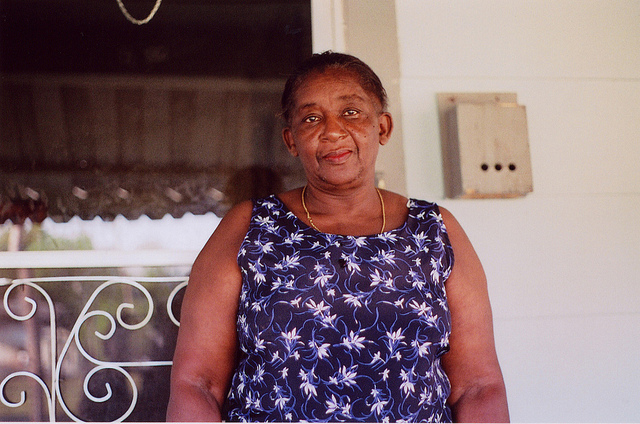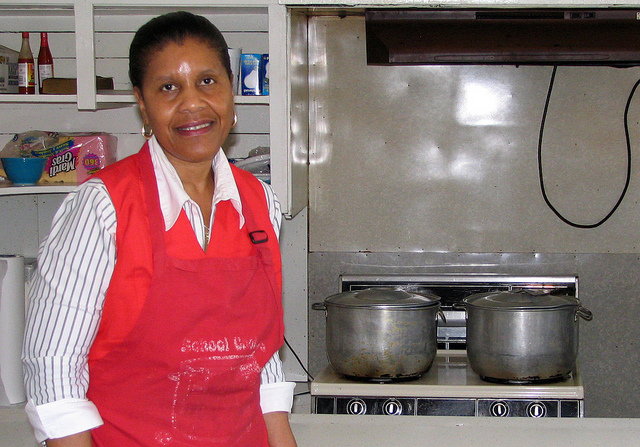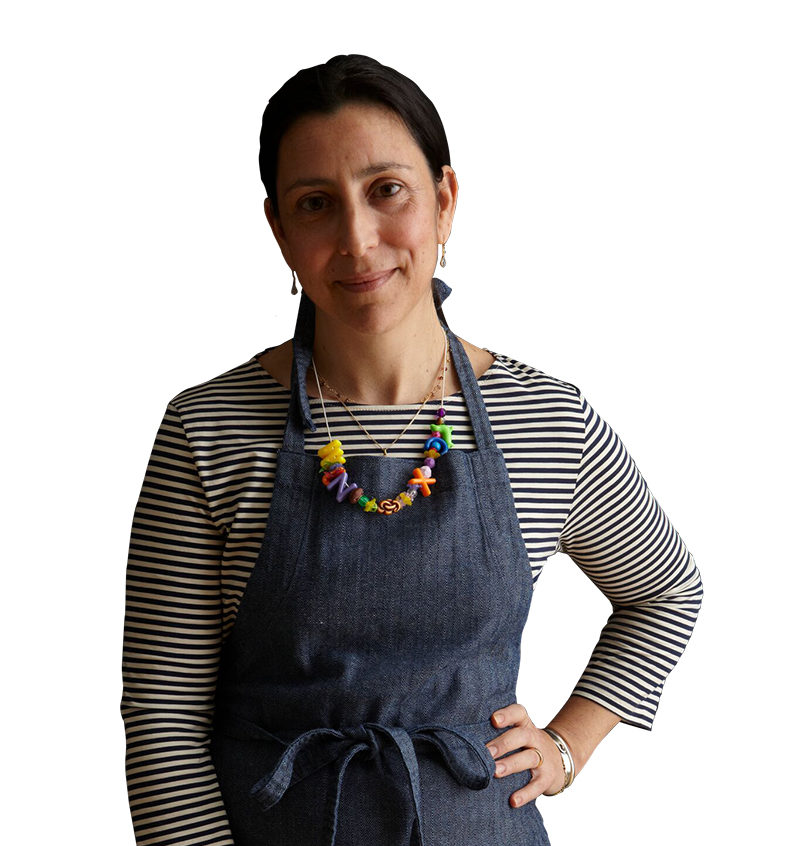< Back to Oral History project: Hot Tamale Trail
ORAL HISTORY
An Introduction: Hot Tamales & The Mississippi Delta
The history of the hot tamale in the Mississippi Delta reaches back to at least the early twentieth century. Reverend Moses Mason, recording as Red Hot Ole Mose, cut “Molly Man” in 1928. Bluesman Robert Johnson recorded “They’re Red Hot” in 1936. How and when were hot tamales introduced to “the most southern place on earth”? There are as many answers to that question as there are tamale recipes. In restaurants, on street corners, and in kitchens throughout the Delta, this very old and time-consuming culinary tradition has remained, while much of the Delta has faded.
The Mississippi Delta is the flat alluvial plain that flanks the western part of the state. This leaf-shaped area is often referred to as the Yazoo-Mississippi Delta, for these two powerful rivers define its borders. David L. Cohn, author of God Shakes Creation (1935) and a Greenville native, devised a geo-cultural definition of the region. In his memoir, Where I was Born and Raised (1948), he wrote, “the Delta begins in the lobby of the Peabody Hotel in Memphis and ends on Catfish Row in Vicksburg.” Within these boundaries, hot tamales flourish.
Some hypothesize that tamales made their way to the Mississippi Delta in the early twentieth century when migrant laborers from Mexico arrived to work the cotton harvest. African Americans who labored alongside Mexican migrants recognized the basic tamale ingredients: corn meal and pork. Others maintain that the Delta history with tamales goes back to the U.S.-Mexican War one hundred years earlier, when U.S. soldiers traveled to Mexico and brought tamale recipes home with them. Others still argue that tamales date to the Mississippian culture of mound-building Native Americans.
Contemporary SFA oral history interviews with tamale makers and vendors reveal the various ways in which tamale recipes have been acquired and how they have changed. They underscore the endurance of this food in this region of the American South.
* * *
Tamale recipes vary from place to place, person to person. Pork is traditional. Some folks use beef, while others prefer turkey. Some boil their meat, while others simply brown it. Some people use masa, while most prefer the rough texture of corn meal. Most wrap in corn shucks, while a few have turned to parchment paper. Many season the meat and the meal, as well as the water used to simmer the rolled bundles. Some eat tamales straight out of the shuck, while others smother them in chili and cheese. Tamales from the Mississippi Delta are smaller than Latin-style tamales, are simmered instead of steamed, have a gritty texture from the use of corn meal instead of corn flour, have considerably more spice, and are usually served with juice that is the byproduct of simmering. Today, some cooks even fry their hot tamales. (In the Delta vernacular, the singular is, indeed, tamale, not the Spanish tamal.)
Within the Delta, the city of Greenville is a hotbed of hot tamales. In the early part of the twentieth century, river commerce drew many Sicilians to the area. It’s possible that migrant Mexican laborers who came through the Delta might have shared their tamale tradition with these Italian immigrants. Delta tamales may have developed from the African American dish called cush. Lumumba Ajanaku, a tamale vendor in Yazoo City, talks about cush in his interview: “Some say [hot tamales] come from an old word that we use called cush, you know. A lot of the Africans would just take meal and season the meal…because a lot of them didn’t have enough money to buy meat like they wanted, so they would take the meal and season the meal. And the meal would taste so good it tasted like meat was in it.”
Whatever their origins, hot tamales have been a staple of Delta communities for generations. Tamales proved a hearty food, easily transported warm to chilly cotton fields during the fall picking season. Once the cotton harvest was complete, African American vendors exploited streetcorner economic opportunities to sell bundles of tamales from pushcarts and stands. Today, African Americans are the primary keepers of Delta tamale-making tradition.
~Amy C. Evans, SFA Oral Historian
DISCLAIMER: Any depictions of people working in their homes refer to tamales made for private consumption. They are intended for illustration of this project only. Please contact these establishments directly, when making travel plans. Every effort has been made to make the TAMALE TRAIL a functional and up-to-date map of vendors and locations, but this is the Delta. All information herein is subject to change without notice.




























